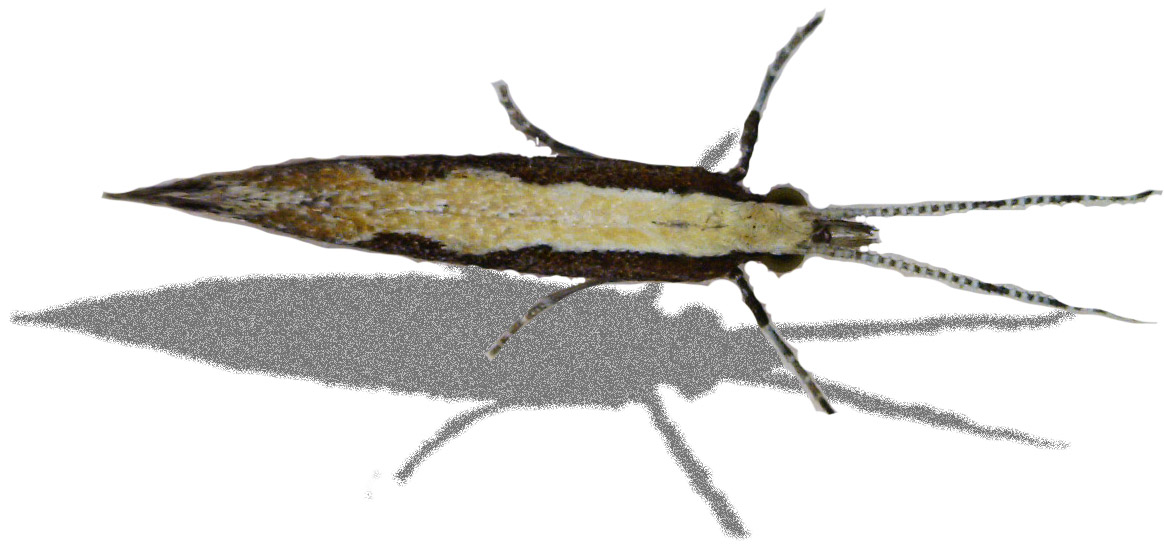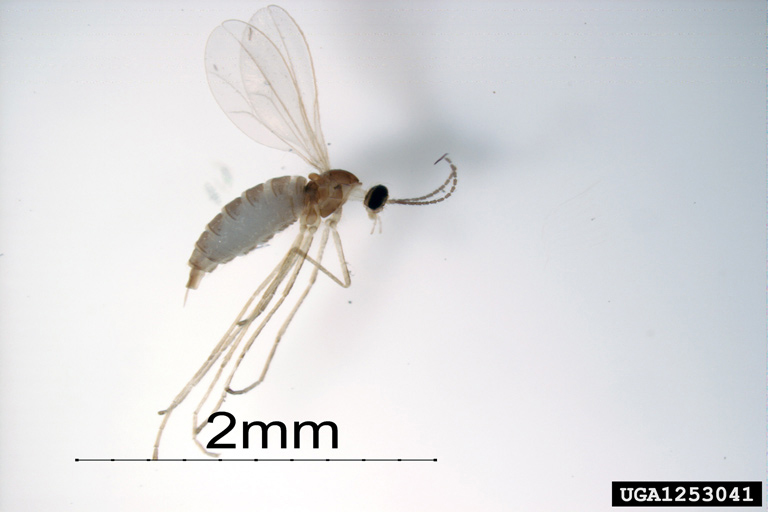
|
|
|
|

|
|||
|
|
|||
Similar to this time last fall, the diamondback moth (DBM) is beginning to return to the desert, coincident with the establishment of early brassica transplants. We began to pick up a few DBM moths in traps near transplants and nurseries last week. Prior to this, the last DBM moth we captured in traps was in late June near a brassica seed crop. This is essentially how DBM began to build up last year. Quiet all summer, began very light in early September and then a gradual increase in trap counts in October. Of course, last year DBM was not a problem and PCA reported no issues in controlling populations on either transplanted and direct seeded crops. All the insecticide products we tested last year (including Coragen, Lannate and pyrethroids) provided good-excellent DBM control. I also had a couple of reports last week of low numbers of larvae showing up in transplanted fields in the Roll area. Again, similar to last fall. One thing we’ve learned based on pheromone trapping is that DBM moths are not captured during July and August; understandable since there are not sufficient brassica hosts for them to develop and reproduce. I am convinced that the local populations that show up each fall are immigrants coming into the area via monsoon and other tropical storms. The exception to this would be the outbreaks we experienced in 2016 where the DBM entered fields on infested transplants. That is known to occur in other areas of the country also (i.e., DBM from Florida transplants infesting cabbage in New York). What we don’t know in either case, is 1) what insecticide chemistries these transient DBM populations were exposed to prior to arrival, and 2) whether any of these populations may be resistant to a certain class(es) of chemistry. Thus, PCAs need to be careful to closely manage DBM populations that show up in early Sep/Oct. When larvae begin to show up, PCAs should act quickly to control these populations. They will likely get treated anyway as you treat for beet armyworm and cabbage looper. For more information of managing DBM on fall crops see Guidelines for Diamondback Moth Management in Fall Cole Crops. Note: If you sense any lack of DBM control with any of the products you use, please contact us immediately and we can collect populations to bioassay for susceptibility to Coragen, Radiant, Proclaim, Exirel. We currently have a colony started from larvae collected from Roll last week and will hopefully be testing it soon. We’ll let you know if we find anything unusual. | |||
| Back | |||
|
For questions or comments on any of the topics please contact Marco Pena at the Yuma Agricultural Center.
|
|||
|
Home |
Cotton | Veggies |
Forages | Grains
| Citrus |
Crop x Crop Insects | Diseases| Weeds | Pesticides | Economics | News | Weather | Research | Photos | Contacts | General Info. Copyright © 2001 University of Arizona, College of Agriculture and Life Sciences Webmaster: Al Fournier (acis@ag.arizona.edu) |
|||


